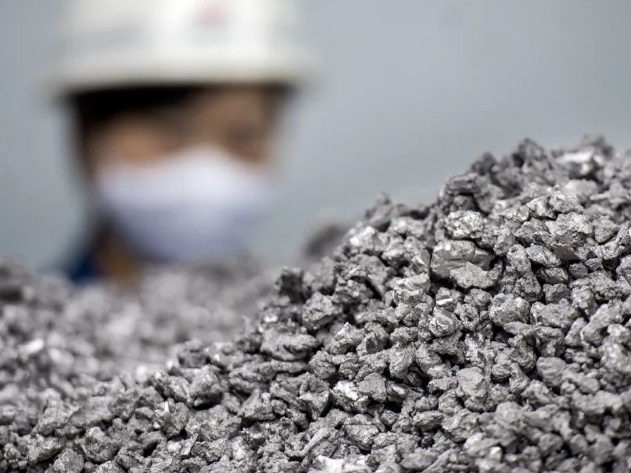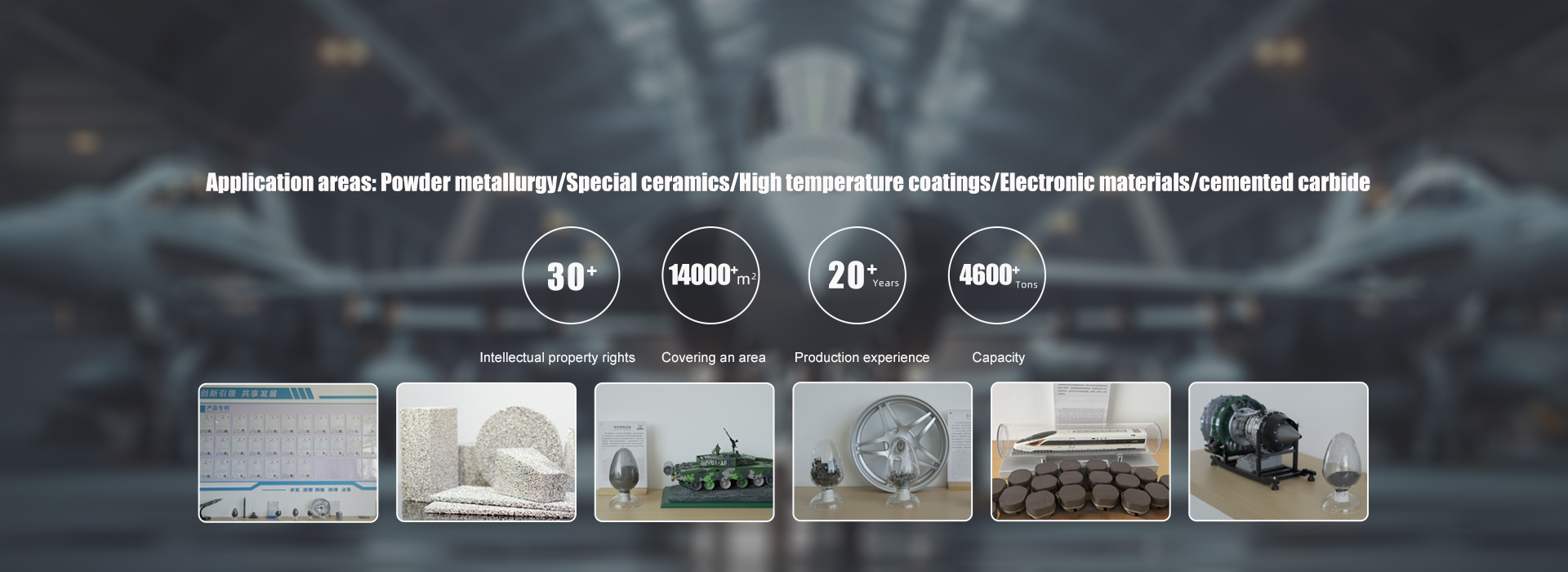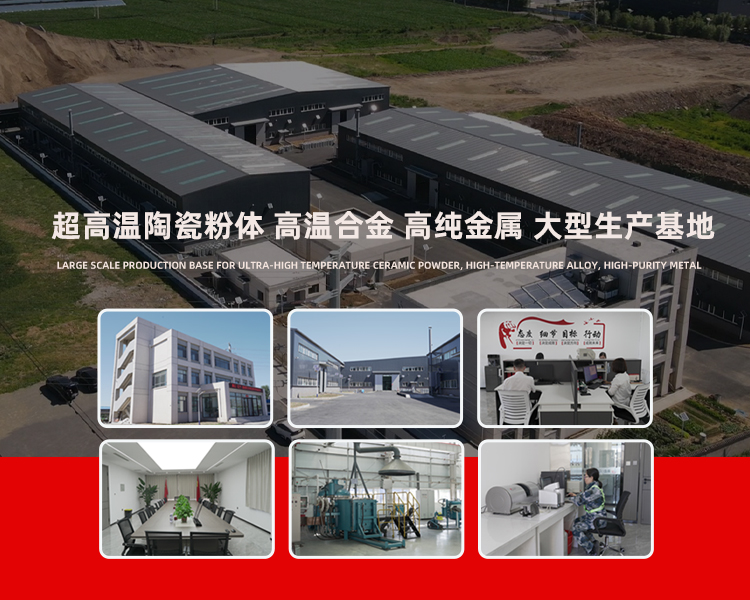
Introduction
In modern industry, over 90% of vanadium is extracted from vanadium titanium ore and its slag through methods such as roasting and leaching. The remaining vanadium exists in the form of compounds in bauxite, phosphate ores, and uranium bearing sand ores. Among them, vanadium iron and metallic vanadium are mainly used in the steel metallurgy and aerospace industries, while vanadium containing compounds are used in the chemical and battery industries. Firstly, in the steel metallurgy industry, the addition of a small amount of vanadium can effectively improve the strength, toughness, ductility, heat resistance, and wear resistance of steel, accounting for 85% of the total vanadium usage. In the non-ferrous metallurgy industry, vanadium metal can be used to produce vanadium titanium alloys. Secondly, about 10% of vanadium is used in the chemical industry, mostly in the form of compounds or polymers as catalysts. In addition, vanadium element can be used as a material additive for hard alloys, magnetism, superconductivity, and nuclear reactor materials. Vanadium oxides and their compounds can be effectively used as coloring agents in the glass and ceramic industries. Finally, as a new field, vanadium is also used in the production of high-tech materials such as vanadium batteries, rare earth vanadium, vanadium nanoparticles, and vanadium thin film materials.
Application of Vanadium in the Steel Industry
Vanadium is widely used in various fields, but 85% of the vanadium produced is used in steel metallurgy and related fields. In all alloy steels used, traces of vanadium can be seen. Vanadium has a multivalent state and can act as a deoxidizer. Vanadium has a cubic structure and serves as a skeleton in steel, strengthening its strength. A small amount of vanadium can effectively refine the steel structure and grain size, reducing overheating sensitivity; Improve toughness, strength, and service performance; Enhance the tempering stability of quenched steel. Vanadium mainly exists in the form of alloys in steel, and vanadium containing alloys mainly include iron-based alloys and non-ferrous alloys, with iron-based alloys accounting for the majority, among which vanadium iron is used in the largest amount in iron-based alloys. At present, the produced vanadium iron alloys include vanadium silicon calcium, vanadium silicon iron, vanadium manganese iron, nitrogen vanadium iron, vanadium titanium silicon, etc., while the non iron based series of vanadium containing alloys mainly include vanadium aluminum alloy, vanadium carbon, and vanadium nitrogen alloy.
Application of Vanadium in Aerospace Industry
In the aerospace industry, titanium alloys are widely used, typically in engines, spacecraft skeletons, rocket engine casings, and steam turbine blades, with vanadium and aluminum being key elements. Vanadium aluminum alloy has good ductility
Due to its excellent strength, corrosion resistance, lightweight, and many other advantages, 90% of alloys in aerospace are vanadium aluminum alloys. The main companies producing vanadium aluminum alloys in the world include: Nonferrous Metals Company, Strategic Minerals Company, Reading Alloy Company, GFE Company from Germany, and VSMPO Company from Russia. We mainly produce vanadium aluminum 65 alloy, with a global market share of 80% held by Reading in the United States and GFE in Germany. The domestic enterprises that produce vanadium aluminum alloys mainly include Baotai, Chengde Tianda, and Jinzhou Ferroalloy, mainly producing vanadium aluminum 55 alloy, most of which are for civilian use. At present, vanadium aluminum 65 alloy is the most widely used in international aerospace. Compared with traditional vanadium aluminum 55 alloy, it has lower harmful impurities, fewer oxide and nitride films, and better composition uniformity.
Application of Vanadium in Chemical Industry (Catalyst)
In the chemical and related industries, vanadium based catalysts are very important oxidation catalysts, and their catalytic mechanism is based on the coordination of vanadium. V2O5 is an important vanadium based solid catalyst for sulfur dioxide oxidation in the sulfuric acid industry production; By filling vanadium pentoxide into activated carbon, the removal of sulfur and nitrogen oxides from flue gas can be effectively improved; Vanadium pentoxide can also be used as a catalyst for the oxidation reactions of organic compounds such as maleic anhydride and phthalic anhydride [6]; Aggregation reaction is the transformation of simple compounds into highly polymerized compounds. Vanadium can serve as a catalyst for polymerization reaction, catalyzing the production of random alternating copolymers and obtaining ethylene propylene rubber with uniformly distributed ethylene and propylene units. In addition, vanadium based catalysts are also used in alkylation reactions, ammonification reactions, oxidative dehydrogenation reactions, and acetic acid production. At present, one-third of industrial vanadium based catalysts are used for sulfuric acid production, one-third for ethylene propylene rubber synthesis, and the rest are mainly used for maleic anhydride and phthalic anhydride production, selective catalytic reduction (SCR) of nitrogen oxides, etc. Most vanadium based catalysts for ammonia synthesis are in the stage of laboratory research and development. The Chinese Academy of Sciences has developed a vanadium based catalyst for ammonia synthesis and ammonia decomposition.
Application of Vanadium in Batteries
Vanadium battery (all vanadium redox flow battery) is a highly efficient energy storage and output device with broad application prospects, which has attracted the attention and in-depth research of researchers from all over the world, and many commercial demonstration devices have been established. Internationally, VRBPower Systems of Canada built 200kW/800kW · h and 250kW/2MW · h vanadium flow energy storage battery systems in 2003 and 2001, respectively. In addition, Sumitomo Electric Company of Japan constructed demonstration projects for 4MW/6MW · h and 1MW/5MW · h all vanadium flow battery energy storage systems in 2005 and 2012, respectively. In China, vanadium battery research and development companies mainly include high-tech companies such as Beijing Puneng, Beijing Jinneng Fuel Cell, Shanghai Linyang Energy Storage, Nanjing Guodian Nanrui, and Dalian Rongke Energy Storage. In addition, Dalian Institute of Chemical Physics, Chinese Academy of Sciences successfully developed a 10kW all vanadium flow battery system in 2006. Lithium ion batteries have excellent characteristics such as large energy storage and high cycle times. However, the immature material technology for preparing lithium-ion batteries, high costs, and poor discharge efficiency at low temperatures have hindered the overall performance and true commercialization of the batteries. According to the classification of positive electrode materials for lithium-ion batteries, they mainly include lithium nickel, lithium manganese, and lithium cobalt oxide batteries. Among them, the preparation process of lithium nickel oxide batteries is complex, the cycle times of lithium manganese oxide batteries are poor, and the preparation price of lithium cobalt oxide batteries is expensive, which limits their large-scale production
Commercialization. Vanadium based positive electrode materials have a high specific capacity, which can achieve high storage and discharge when prepared into lithium batteries, and are relatively inexpensive.
Application of Vanadium in Materials Field
Rare earth vanadate materials differ greatly from other materials in terms of photocatalytic activity, easy conductivity, sensitivity to phosgene, and magnetic properties. The reason lies in its unique atomic structure (d-electron and f-electron structures), larger atomic magnetic moment, and stronger spin orbit
Characteristics of Dao and others. Therefore, it has a wide range of applications, including luminescent materials, photocatalyst materials, chemical sensing materials, and dielectric materials. For example, among luminescent materials, YVO4 has achieved industrialization early due to its excellent performance and relatively low preparation cost. The photocatalyst made of rare earth vanadate material can effectively degrade volatile organic compounds containing chlorine under mild conditions.
Traditionally, hydrogen can only be stored in cylinders and liquid form, but it has disadvantages such as poor safety, high energy consumption, low storage capacity, and high cost. As a new type of energy material, vanadium based solid solution hydrogen storage alloys can efficiently absorb and release hydrogen under mild conditions
Gas, with a large hydrogen storage capacity, about 1000 times its own volume. Therefore, it can be widely used for hydrogen storage and transportation, and has broad prospects in future hydrogen energy vehicles and other fields. As a thermosensitive functional material, VO2 has excellent phase transition properties. because
Its special performance has a wide range of applications, mainly including optical devices, optical storage, optoelectronic devices, intelligent glass, and other aspects. Thin films made of VO2 are widely used due to their advantages of small size, light weight, and low cost. As a solar control material, it can transmit infrared radiation at low temperatures and has the ability to block high radiation at high temperatures, effectively improving indoor temperature. Due to its sensitivity to thermal radiation, this material can be made into a thermistor material, such as a fire alarm. And VO2 thin film has its unique phase transition properties, therefore, it can be made into optical disc dielectric materials. As is well known, nanomaterials are particle materials with sizes ranging from 1 to 100nm. Research has found that nano vanadium materials have a position that cannot be replaced by other nano materials, and have broad application scenarios in optical data storage, optical components, photothermal switches, sensors, and other fields. Among them, VO2, V2O3, V2O5, and composite vanadium nanomaterials have been extensively studied.
Application of Vanadium in Other Fields
In addition, vanadium plays an irreplaceable role in various fields such as medicine, pigments (coloring of glass and ceramics), and vanadium alloy materials for nuclear reactors. In terms of medicine, vanadium is crucial in the metabolism of the human body. Vanadium is mainly tetravalent and pentavalent in biology. Vanadium plays an irreplaceable role in tooth development. And vanadium can promote sugar metabolism and promote the growth of red blood cells. Among them, research in the field of blood sugar reduction is particularly active. Vanadium has good insulin-like effects and can also protect pancreatic islet cells and reduce blood sugar in the body. In terms of cost, vanadium has the advantages of relatively easy synthesis and low price. For example, Changchun Pharmaceutical Group has released a new drug containing vanadium compounds - Lianmai Vanadium Oxide Capsules, which has been launched on the market and has shown significant hypoglycemic effects. In the field of pigments, vanadium is mainly used to prepare bismuth yellow and vanadium zirconium blue pigments. Bismuth yellow is non-toxic and has a good color, making it an ideal substitute for traditional toxic pigments such as chrome yellow and cadmium yellow. Therefore, bismuth yellow pigment has a wide market prospect, especially vanadium zirconium blue pigment, which is widely used in the ceramic industry. In addition, printing ink cannot do without vanadium oxide and vanadium metavanadate. For example, using radium metavanadate, fast drying ink can be produced. Because vanadium has an oxidizing effect on aniline, black pigments can be produced. Vanadium based alloys are indispensable for the covering and shielding walls of fusion reactors in nuclear reactor materials. Its advantages are the irreplaceability of other materials, including small neutron capture area, corrosion resistance, and good high-temperature creep strength. And the cladding material used for thermal nuclear reactors requires high temperature mechanical strength, resistance to expansion and brittleness caused by radiation, and good compatibility with various coolants such as hydrogen and lithium. For example, V15Cr5Ti and V3Cr1Si alloys developed by countries such as the United States and Germany have advantages such as high conductivity and low coefficient of expansion.
7 Conclusion
At present, the main use of vanadium is to produce various vanadium steels, including silicon vanadium iron, nitrogen vanadium iron, vanadium manganese iron, etc. It has the advantages of high strength, toughness, wear resistance, etc., and its usage accounts for 85% of the total consumption. Mainly used in various fields such as automobiles, construction, bridges, machinery, and national defense. But currently, the most commonly used vanadium steel is carbon steel. In titanium alloys, vanadium is used as a stabilizer and strengthening agent, which can effectively increase the ductility and plasticity of titanium alloys, and is widely used in the aerospace industry. China's technology for producing advanced vanadium titanium alloys needs to be improved, and with the vigorous development of the aerospace industry, the demand for advanced vanadium titanium alloy steel will increase significantly. In the chemical industry, vanadium plays a more significant role as a catalyst and coloring agent. In addition, in the fields of atomic energy, superconducting materials, and electronics industry, vanadium metal is widely used due to its advantages such as corrosion resistance, easy processing, and good phase transformation. Finally, with the absence of
With the continuous development of technology, the use of vanadium as a battery will rapidly increase.








